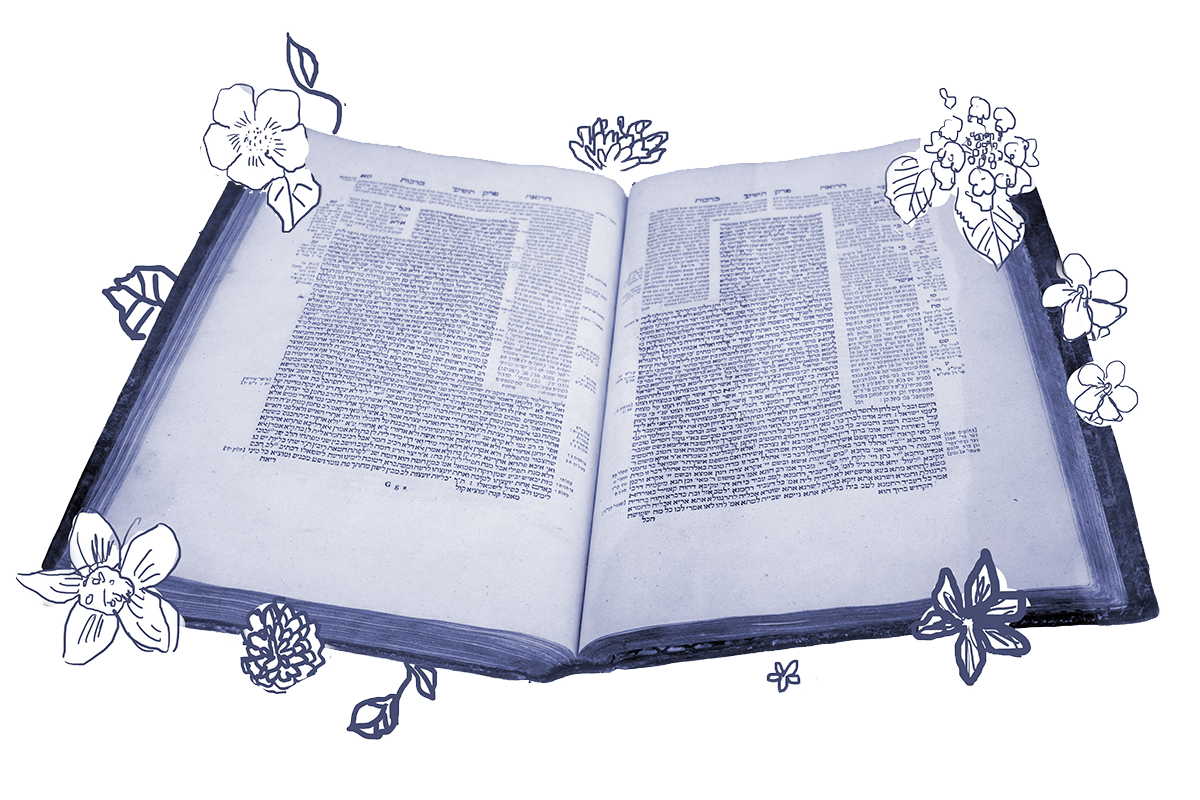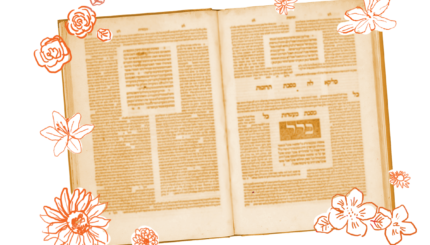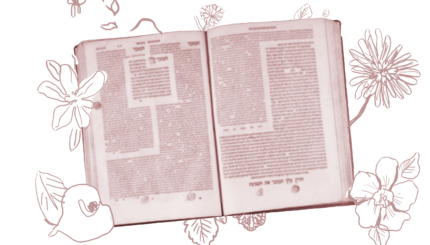There’s a good reason (several, actually) I didn’t go to medical school, and this page of Talmud reminds me why. Consider this a warning to the squeamish.
Today we dive into the wonderful world of medicinal bloodletting. This ancient health practice dates back at least three thousand years and was understood as a way of restoring balance to the four bodily humors when they were out of alignment. If this sounds unpleasant to us, it’s clear it was a trial for the ancients too, who had all kinds of methods of recovering from this odious procedure:
Shmuel, on the day on which he would perform the practice of bloodletting, they would prepare for him a dish of cooked spleen. Rabbi Yohanan would drink wine after bloodletting until the odor emerged from his ears. And Rav Nahman would drink until his spleen floated. Rav Yosef would drink until the wine would emerge from the bloodletting incision.
Drinking to excess wasn’t the only way of dealing with this traumatic medical procedure. Today’s page is in fact full of other practical suggests for getting the most out of bloodletting, including:
- Always make sure to eat after bloodletting, even if you have to sell your shoes to do it (there are some disagreements over whether the meal requires wine or meat).
- Lying in the sun with oil smeared on your temples is another good post-bloodletting activity.
- Stay out of the wind.
- Don’t stand up too quickly afterwards.
- Don’t practice bloodletting more than once every thirty days.
- Sunday, Wednesday and Friday are really good for bloodletting (except for the first three days of the month and the day before a holiday).
Our page takes it for granted that we know why bloodletting was necessary and important, which is explained elsewhere in the Talmud. For example, one passage in tractate Gittin suggests it as a remedy for a two-day fever. In fact, bloodletting was of such serious importance that a true Torah scholar couldn’t live in a town without a trained person able to perform this essential service.

Help us keep Jewish knowledge accessible to millions of people around the world.
Your donation to My Jewish Learning fuels endless journeys of Jewish discovery. With your help, My Jewish Learning can continue to provide nonstop opportunities for learning, connection and growth.
Nowadays, we know that bloodletting for medical purposes is almost always a terrible idea. We see this progress in post-talmudic Jewish texts that gradually limit its applications. Maimonides, for example, says that the remedy should be used only “when there is an extraordinary need for it.”
But even as medieval commentators are setting boundaries, accusations of a different kind of bloodletting begin figuring prominently in anti-Semitic tropes with deadlier outcomes. During the Middle Ages and beyond, Jews were frequently accused of murdering Christians (often children) and draining their blood for a variety of nefarious purposes. These baseless allegations led to violence against Jewish communities time and again over history — even into the present day.
In today’s world, medical bloodletting seems almost quaint, and blood libel epitomizes the preposterousness and absurdity of extreme anti-Semitism. But they’re illustrations of how mistaken beliefs can lead to harm to ourselves and harm to others and remind us of the importance of examining and re-examining what we believe to be true.
Read all of Shabbat 129 on Sefaria.
This piece originally appeared in a My Jewish Learning Daf Yomi email newsletter sent on July 13, 2020. If you are interested in receiving the newsletter, sign up here.



